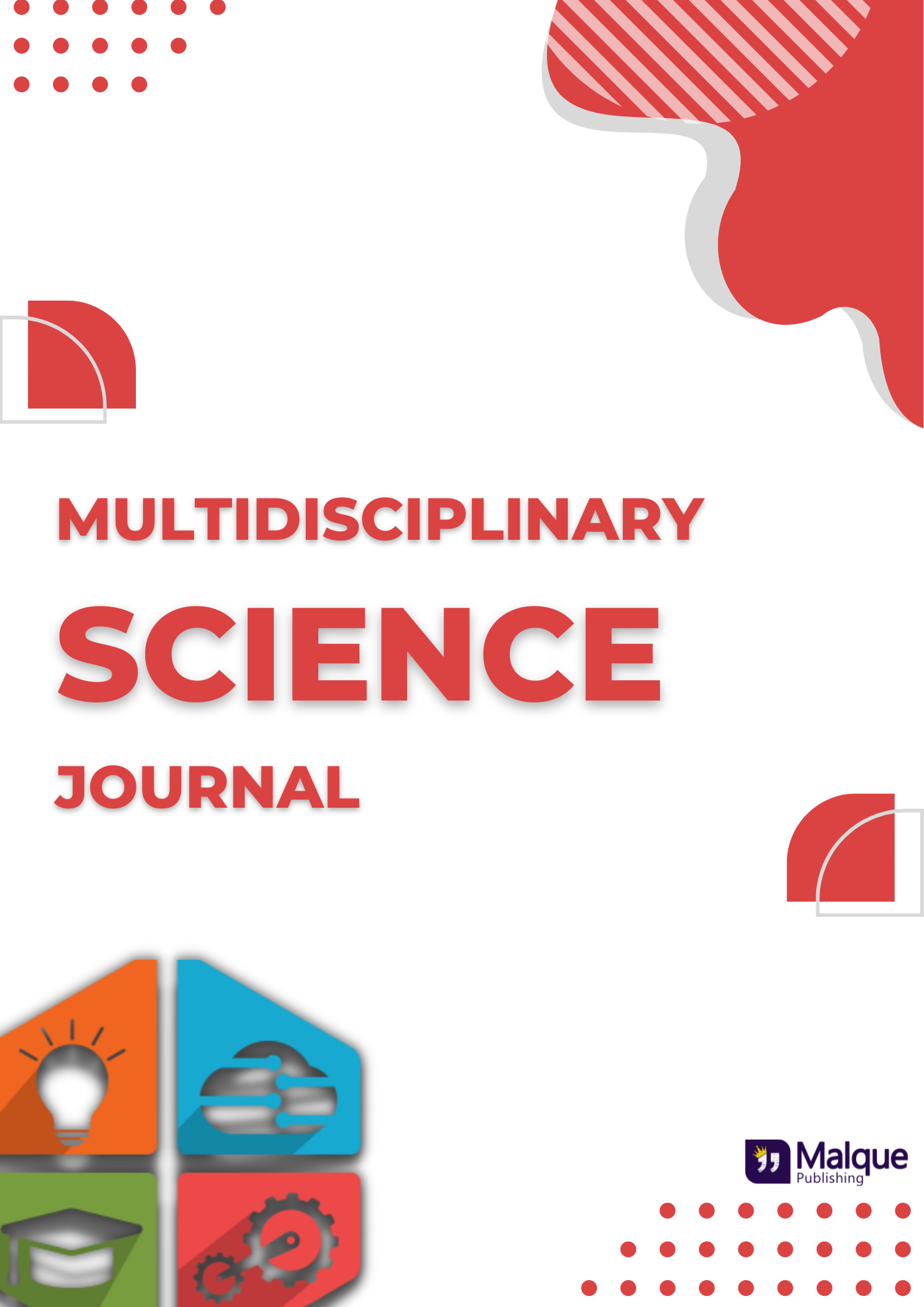Property enhancement of 3D printed of timber waste/PLA composite by surface coating
Abstract
Poly Lactic Acid (PLA) is a biodegradable polymer that is both biocompatible and biodegradable. It is one of the bio-driven polymers. Additive manufacturing has opened up a plethora of new product types and application possibilities. In order to print components and parts, the fused deposition modeling technique makes use of polymer filaments. An experimental investigation was carried out to determine the effects of layer thickness and epoxy resin coating on the mechanical and water absorption capabilities of 3D printed timber waste/PLA composites. The results of the investigation are presented in this paper. The specimens were printed using a commercial Fused Deposition Modelling (FDM) method with layer thicknesses of 0.15 mm, 0.20 mm, and 0.25 mm. The specimens were made of wood waste and PLA composite. It was decided to cover the specimens with Araldite LY556 epoxy resin, with Aradur HY 591 serving as a hardener. Standard ASTM testing procedures were used to evaluate the tensile, impact, and water absorption capabilities of the material. Layer thicknesses of 0.15 mm yield the greatest results in terms of tensile strength and impact resistance. The samples with 0.15 mm layer thicknees provided the best tensile strength of 14.647 MPa, impact strength of 4.952 KJ/mm and 1.813 Wt. % of water absoption. The Araldite LY556 epoxy coating improved the tensile and impact strength of 3D printed specimens of different layer thicknesses and also reduced the water absorption to an appreciable amount. The coating improved the average tensile strength by 25.66% and impact strength by 33.16% and also reduced the water absorption by 89.96%.










